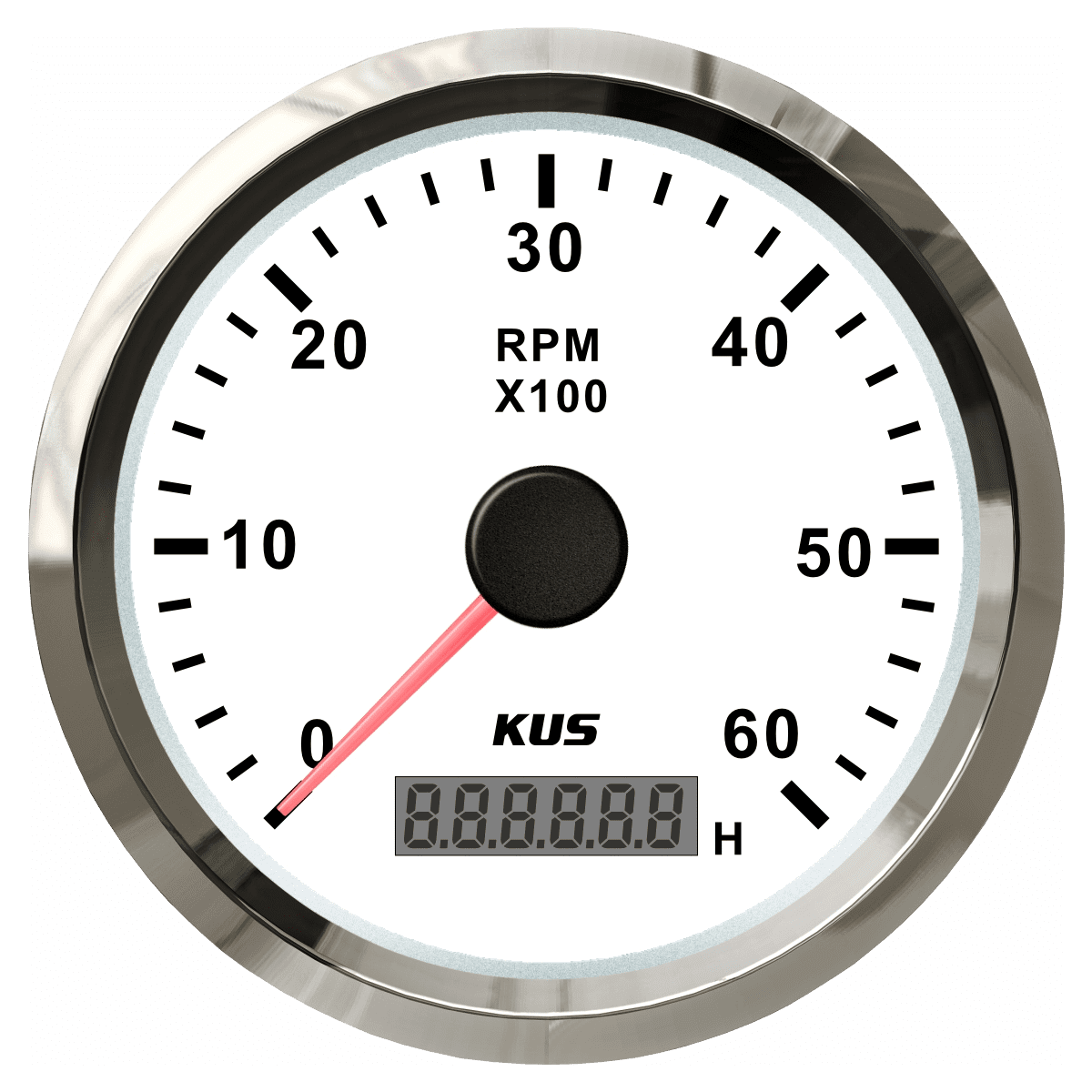Tachometer Fundamentals: Whatever You Need to Know for Accurate Readings
Tachometer Fundamentals: Whatever You Need to Know for Accurate Readings
Blog Article
The Significance of a Tachometer in Checking Engine Speed and Performance in Automotive Applications
In the world of automotive engineering, the tachometer stands as a critical instrument in the motorist's toolbox, supplying a straight home window right into the internal operations of a vehicle's engine. Beyond its feature as a mere scale of revolutions per min (RPM), the tachometer offers as a critical device for fanatics and specialists alike, supplying real-time insights into engine performance and health.
Importance of Keeping Track Of Engine RPM
Keeping an eye on engine RPM, or transformations per min, is an important facet of auto upkeep and efficiency analysis. Engine RPM straight associates with the speed at which the engine's crankshaft turns, indicating how quickly the engine is running - tachometer. By monitoring RPM, mechanics can assess the wellness of the engine, identify possible problems, and fine-tune performance. An irregular RPM analysis may signal problems such as engine misfires, damaged ignition system, or problems with the fuel distribution system. Consistently high RPM readings might indicate aggressive driving habits or the demand for a greater gear change to enhance fuel performance.
Furthermore, checking engine RPM is necessary for efficiency examination in racing and high-performance lorries. Preserving optimum RPM levels is crucial for accomplishing peak power output and acceleration. Racers commonly use tachometers to guarantee they are operating within the suitable RPM range for optimum performance. In recap, monitoring engine RPM is not just vital for finding issues however additionally for maximizing engine efficiency in numerous automotive applications.

Benefits of Real-Time Data
In vehicle applications, real-time information plays a crucial role in offering immediate insights into the performance and condition of the automobile. By constantly checking numerous criteria such as engine rate, temperature level, gas consumption, and a lot more, real-time data provides various benefits that contribute to enhanced efficiency and safety when driving.
Furthermore, real-time information assists in performance optimization by giving instant responses on driving routines and engine efficiency. Chauffeurs can change their behavior in real-time based on this info to attain much better fuel economy and lengthen the life expectancy of their lorry.

Furthermore, real-time information plays an important duty in contemporary auto diagnostics, making it possible for specialists to promptly diagnose and attend to malfunctions. This causes decreased downtime, reduced maintenance expenses, and inevitably, improved general lorry reliability and durability (tachometer). By harnessing the power of real-time data, auto stakeholders can make informed decisions that positively influence both the efficiency and longevity of the car
Effect On Gear Shifts
The tachometer plays an important function in enhancing equipment shifts by offering real-time engine speed data to the driver. When approaching the redline on the tachometer, it signals the driver to upshift to avoid over-revving the engine and triggering prospective damage.
Moreover, the tachometer aids in attaining smoother equipment shifts, especially in hands-on transmissions. By keeping an eye on engine visit our website speed, chauffeurs can implement equipment shifts at the optimal RPM range, decreasing jerking motions and reducing endure the transmission elements. This accuracy on duty modifications not only boosts driving convenience however also adds to sustain efficiency.
Enhancing Fuel Efficiency
Offered the important function the tachometer plays in optimizing equipment shifts for efficiency and engine health and wellness, it directly adds to maximizing gas effectiveness in automotive applications. By supplying real-time feedback on engine rate, the tachometer helps drivers in preserving the most reliable RPM variety for fuel economic climate. When drivers continually keep an eye on the tachometer and change their driving routines accordingly, they can prevent unnecessary fuel intake brought on by over-revving or carrying the engine.
Additionally, the tachometer aids her latest blog vehicle drivers recognize the most fuel-efficient gear to be in at any type of given moment, stopping the engine from functioning more challenging than essential. In verdict, the tachometer offers as a valuable tool in enhancing fuel efficiency by advertising optimum driving behaviors and recognizing locations for improvement in the automobile's performance.

Making The Most Of Engine Durability
The tachometer's role in checking engine speed and efficiency contributes in making sure the long life of vehicle engines. By using the tachometer properly, motorists can enhance engine longevity via conscious RPM administration. Consistently revving an engine expensive can bring about excessive check wear and tear on critical parts, such as the pistons, shutoffs, and bearings. In time, this can cause reduced engine performance and possible breakdowns. Checking the tachometer enables drivers to remain within the suggested RPM range for their automobile, avoiding unneeded stress on the engine and extending its life-span.

Verdict
Finally, the tachometer plays an essential duty in keeping track of engine rate and performance in automotive applications. By supplying real-time information on RPM, it enables reliable gear changes, enhanced fuel efficiency, and made the most of engine long life. This tool is necessary for maintaining ideal engine efficiency and guaranteeing the total functionality of an automobile.
Report this page